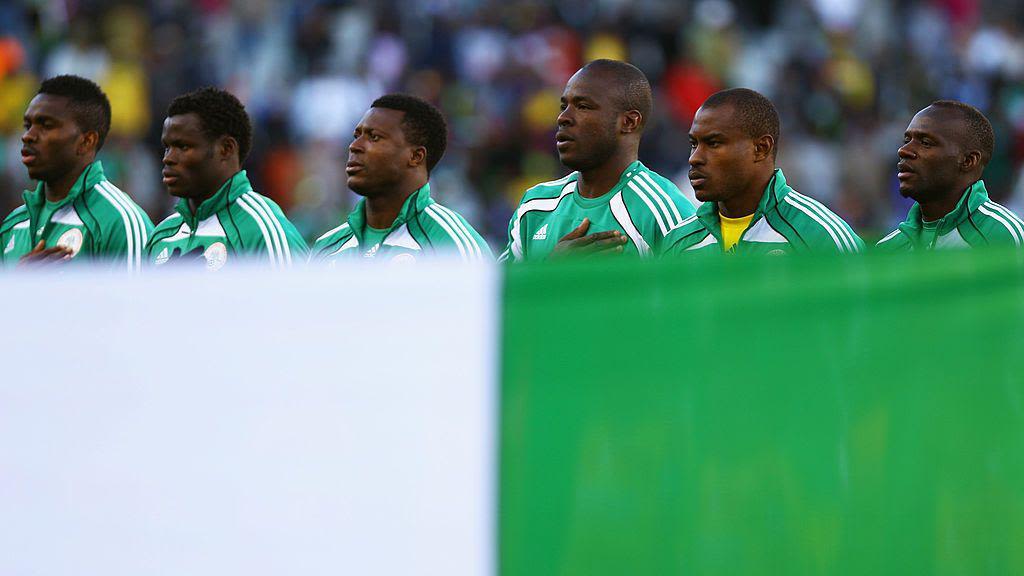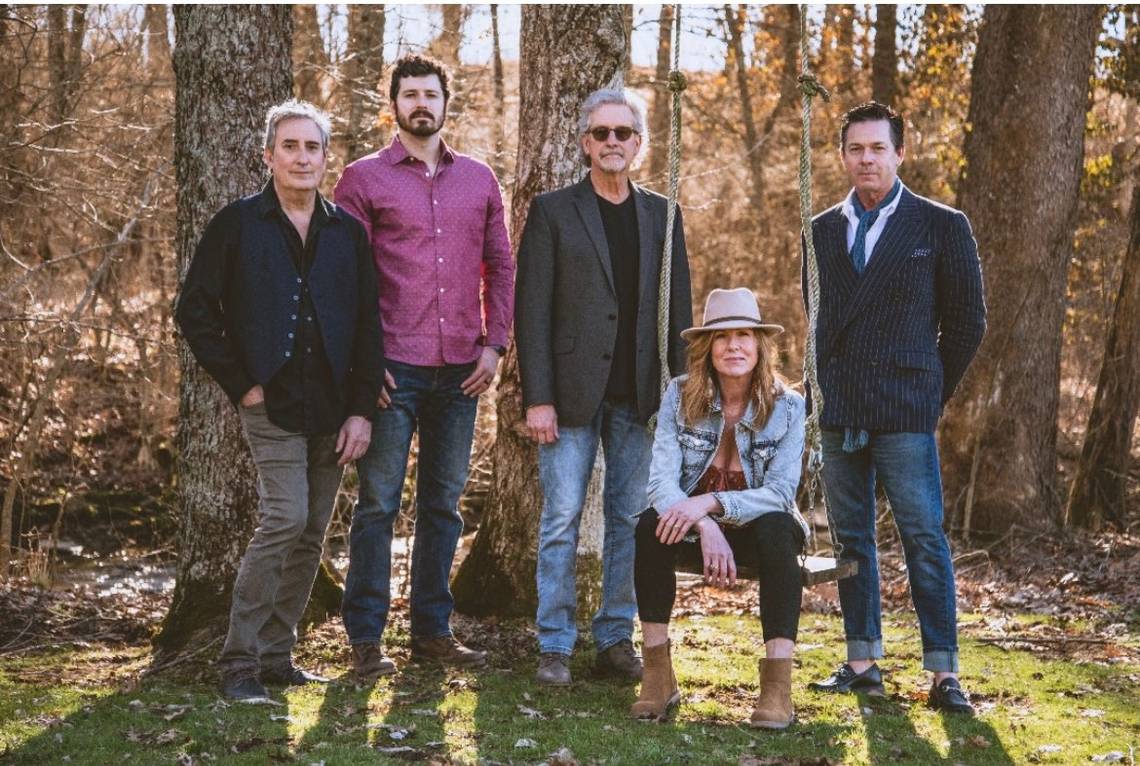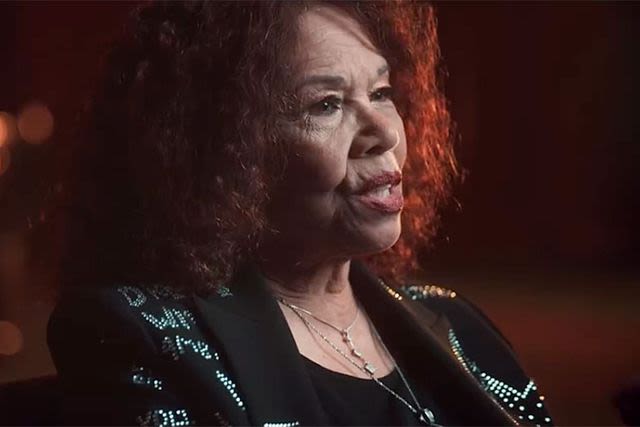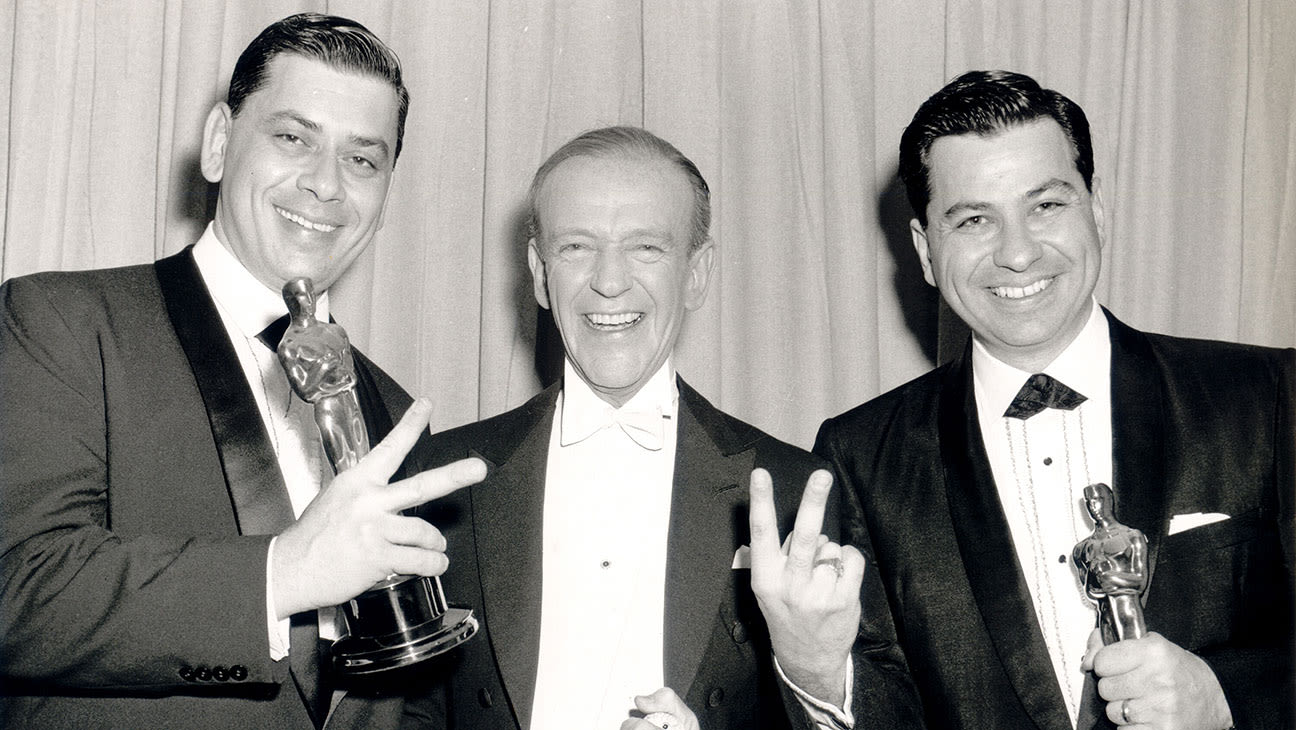Search results
Find the full lyrics of the Star Spangled Banner, the national anthem of the United States of America. Learn the history and meaning of the song, and sing along with the words.
Learn the original and correct lyrics of the U.S. national anthem, written by Francis Scott Key in 1814. See the historical context, the musical form, and the commentary on the phrases and words of the song.
Jul 17, 2016 · The Star-Spangled Banner (1st, 2nd, and 4th verse) T-Shirt - https://amzn.to/3wAk4PU Hoodie - https://amzn.to/3GglD9a Cap - https://amzn.to/3wyStig Book...
- 4 min
- 8.6M
- JR videos
- Overview
- Origin of the melody
- Alternate lyrics
- Francis Scott Key and “The Star-Spangled Banner”
- The national anthem in popular culture
The Star-Spangled Banner, national anthem of the United States, with music adapted from the anthem of a singing club and words by Francis Scott Key. After a century of general use, the four-stanza song was officially adopted as the national anthem by an act of Congress in 1931.
Long assumed to have originated as a drinking song, the melody was taken from the song “To Anacreon in Heaven,” which first surfaced about 1776 as a club anthem of the Anacreontic Society, an amateur mens’ music club in London. Written by British composer John Stafford Smith—whose identity was discovered only in the 1970s by a librarian in the music division of the Library of Congress—the song was sung to signal a transition between the evening’s orchestral music concert and after-dinner participatory singing. Its original lyrics were written in six verses by the Anacreontic Society’s president, Ralph Tomlinson, as an ode to the Greek poet Anacreon, who is asked for and—after some objection by the gods—grants his blessing to mingle Venus’s myrtle with Bacchus’s grapevine in their brotherhood:
Britannica Quiz
American History and Politics Quiz
To Anacreon in Heaven, where he sat in full glee,
A few sons of harmony sent a petition,
That he their inspirer and patron would be;
The melody was used repeatedly throughout the 18th and 19th centuries with lyrics that changed with the affairs of the day. Lyrics set to the tune celebrated national heroes or spoke of political struggles, including temperance (1843; “Oh, Who Has Not Seen”). The first stanza, somewhat humorous, reads as follows:
Oh! who has not seen by the dawn’s early light,
Some poor bloated drunkard to his home weakly reeling,
With blear eyes and red nose most revolting to sight;
Yet still in his breast not a throb, of shame feeling!
And the plight he was in—steep’d in filth to his chin,
Key, a lawyer, wrote the lyrics on September 14, 1814, after watching the British attack Fort McHenry, Maryland. Key’s words were first published in a broadside in 1814 under the title “Defence of Fort McHenry.” It was then printed in Baltimore-area newspapers with an indication that the words were to be sung to the tune of “To Anacreon in Heaven.” The title was changed to “The Star-Spangled Banner” when it appeared in sheet music form later the same year.
Exclusive academic rate for students! Save 67% on Britannica Premium.
Learn More
Key’s song became especially popular and a powerful expression of patriotism during the Civil War, with its emotional description of the enduring national flag, which had become the symbol of the still-new nation. In 1861, devastated by the split of the nation, poet Oliver Wendell Holmes wrote a fifth verse to Key’s song. The verse was included in many of the song’s printings throughout the war. The song was recognized in 1889 by the U.S. Navy, who sang it when raising and lowering the flag, and then it was proclaimed in 1916 by President Woodrow Wilson to be the national anthem of all the armed forces. However, it did not become the nation’s official anthem until March 3, 1931.
Innumerable publications of the song through the years have shown variations in both words and music. An official arrangement was prepared in 1917 by a committee that included Walter Damrosch and John Philip Sousa for the army and navy. The third stanza is customarily omitted out of courtesy to the British. Key’s original lyrics of “The Star-Spangled Banner” are as follows:
O say can you see, by the dawn’s early light,
The tradition of singing the national anthem at the start of major sporting events introduced numerous diverse and memorable renditions of “The Star-Spangled Banner,” including José Feliciano’s version accompanied by an acoustic guitar at the World Series in 1968 and Whitney Houston’s version backed by a full orchestra at the 1991 Super Bowl in Tam...
News about Nigeria, Mary Shaftner, national anthem
News about Billie Eilish, Borussia Dortmund, Lunch
Also in the news
"The Star-Spangled Banner" is the national anthem of the United States. The lyrics come from the "Defence of Fort M'Henry", a poem written by American lawyer Francis Scott Key on September 14, 1814, after he witnessed the bombardment of Fort McHenry by the British Royal Navy during the Battle of Baltimore in the War of 1812.
Apr 23, 2018 · The Star-Spangled Banner Support Us: https://www.paypal.me/JRvideos - Thank You! --- The lyrics come from "Defence of Fort M'Henry", a poem written on Septem...
- 4 min
- 69.5K
- JR videos





